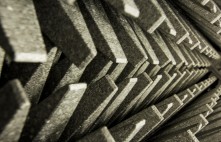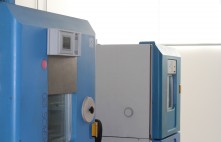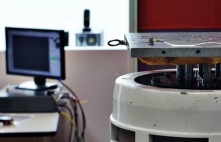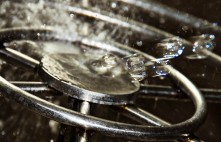Vibration and impact test room
Vibration and impact tests verify the mechanical strength of an apparatus subjected to these phenomena in the course of its life. For this reason, it is essential to identify the environment in which the equipment will be used in order to select the appropriate test standard that allows us to replicate the mechanical stress to which the device will be primarily exposed.
For instance, in the case of an apparatus suitable for installation on railway vehicles, the tests must include a random vibration cycle and a series of collisions or shocks in each of the 3 axes of the object. If instead the environment will be aeronautical, for instance on board of helicopters, the applicable test will be of the sine on random type, i.e. a random vibration with a superimposed frequency that will replicate the rotor frequency of the helicopter. In the case of installations on boats or ships, the test will include a search for the resonance frequency followed by a sinusoidal type duration test.
The Teslab Laboratory is equipped with an LDS system (Bruel&Kjaer) which allows us to perform vibration and impact tests with a horizontal table in the frequency range between 2 and 2000 Hz with a total force of 9 kN.
The laboratory is equipped with a soundproof control room from which it is possible to observe the test in complete safety. Vibration and shock tests: shaker
Tests can be performed according to the following standards: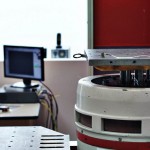
- IEC/EN 60068-2-6: Environmental tests – Part 6: Tests – Fc test: Vibrations (sinusoidal)
- IEC/EN 60068-2-64: Environmental tests – Part 64: Test methods – Fh test: Vibration, broadband random and guidance
- IEC/EN 60068-2-27: Environmental tests – Part 27: Tests – Ea and driving test: Shocks
- IEC/EN 61373: Railway applications – Rolling stock equipment – Shock and vibration tests
- Mil-Std-167: military standard: mechanical vibrations of shipboard equipment
- IEC/EN 50155, EN 60945, Mil-STD-810, RTCA DO 160 etc..

